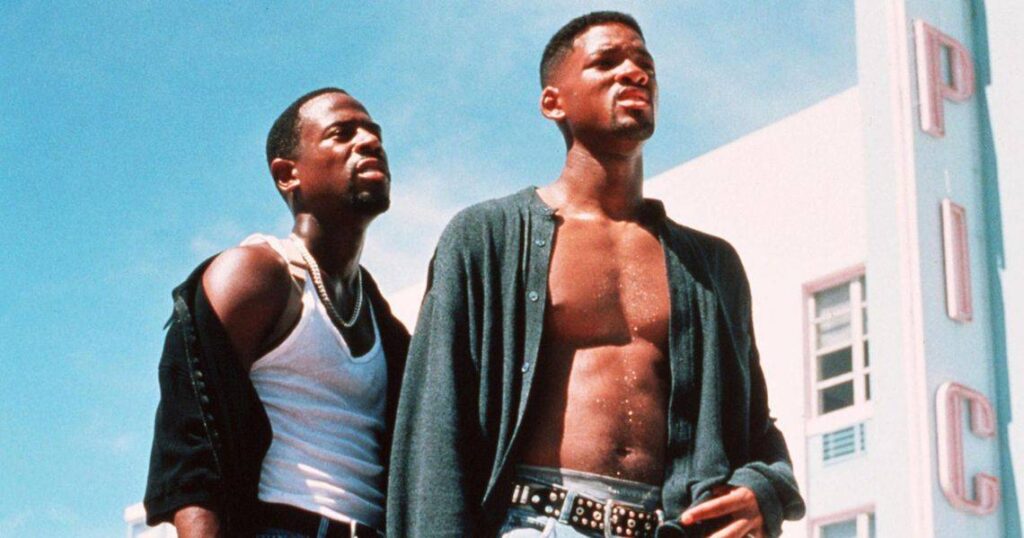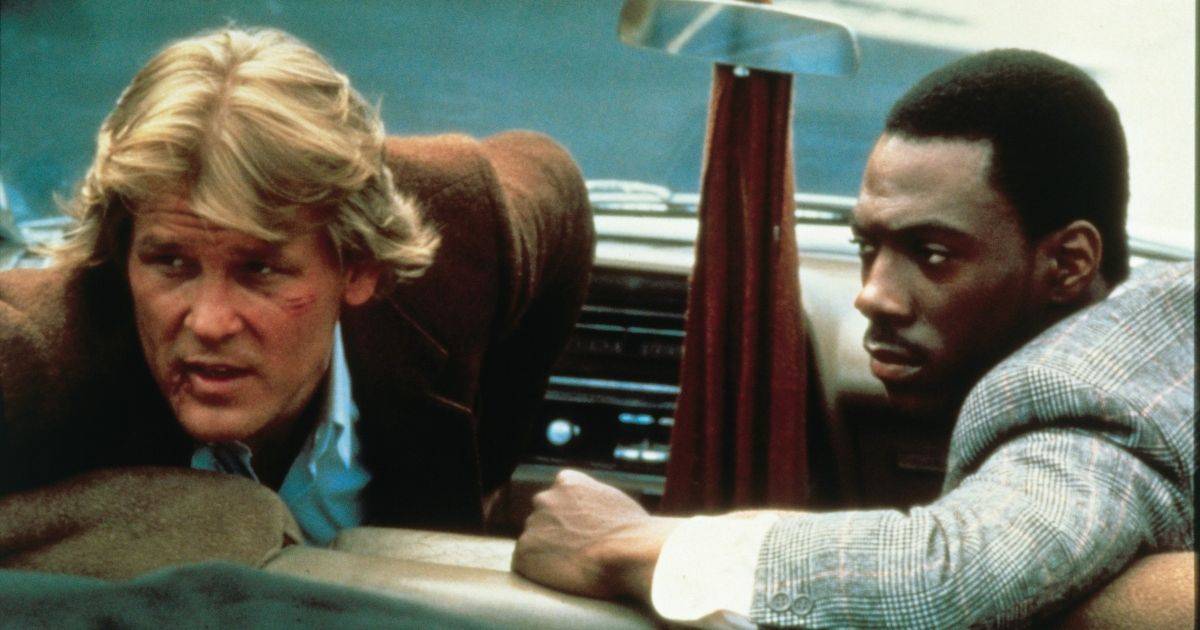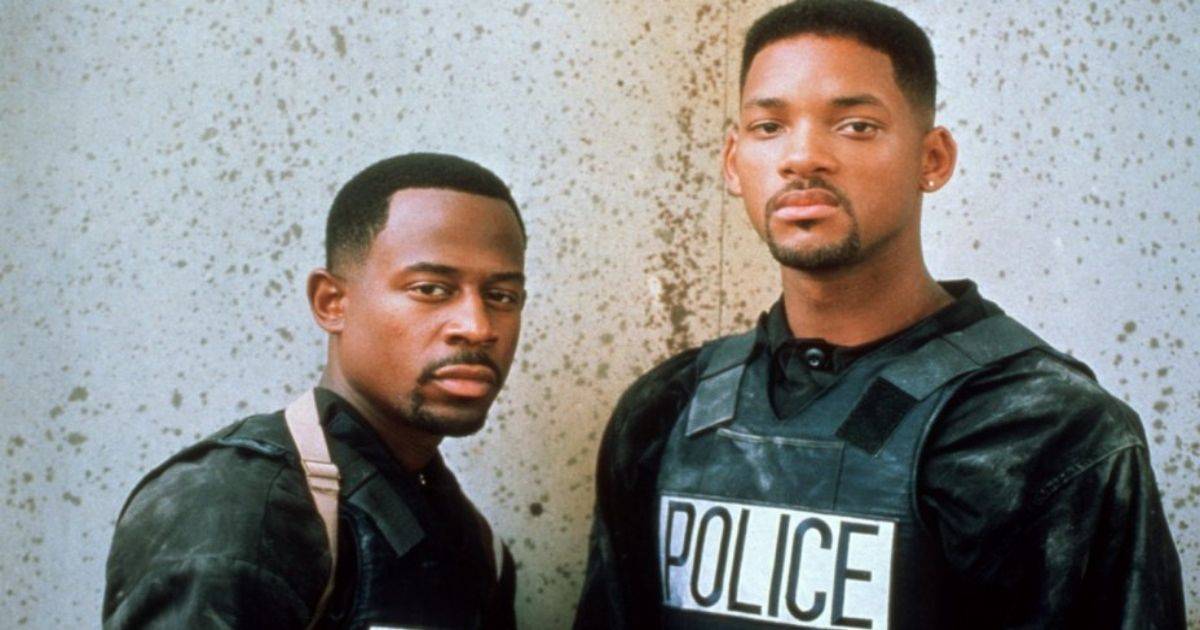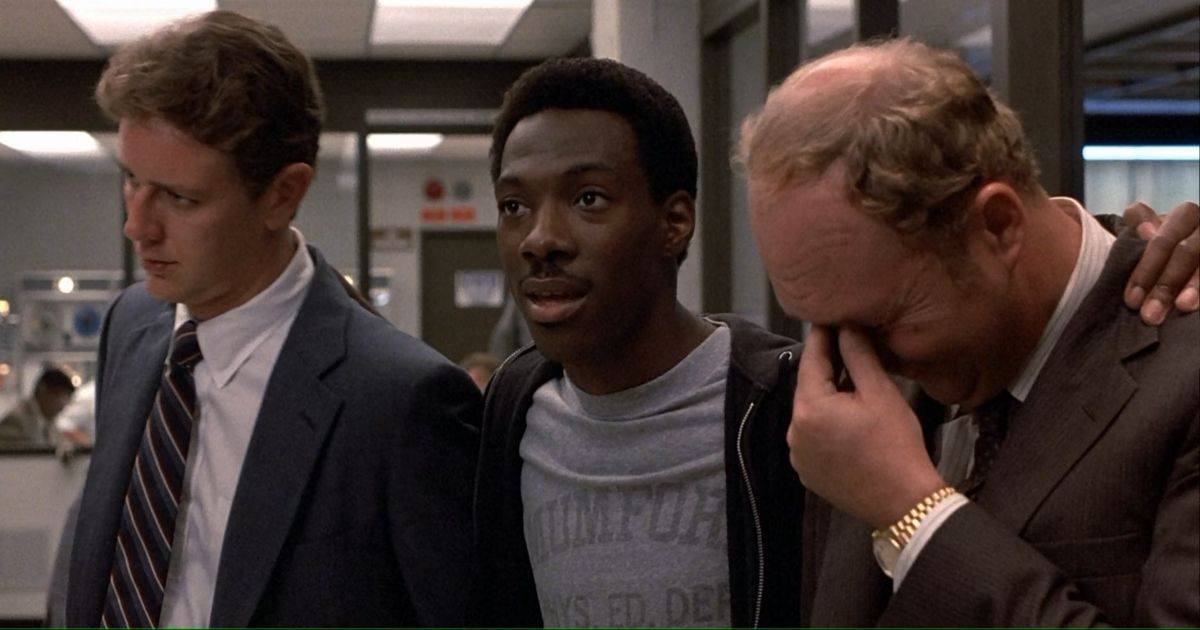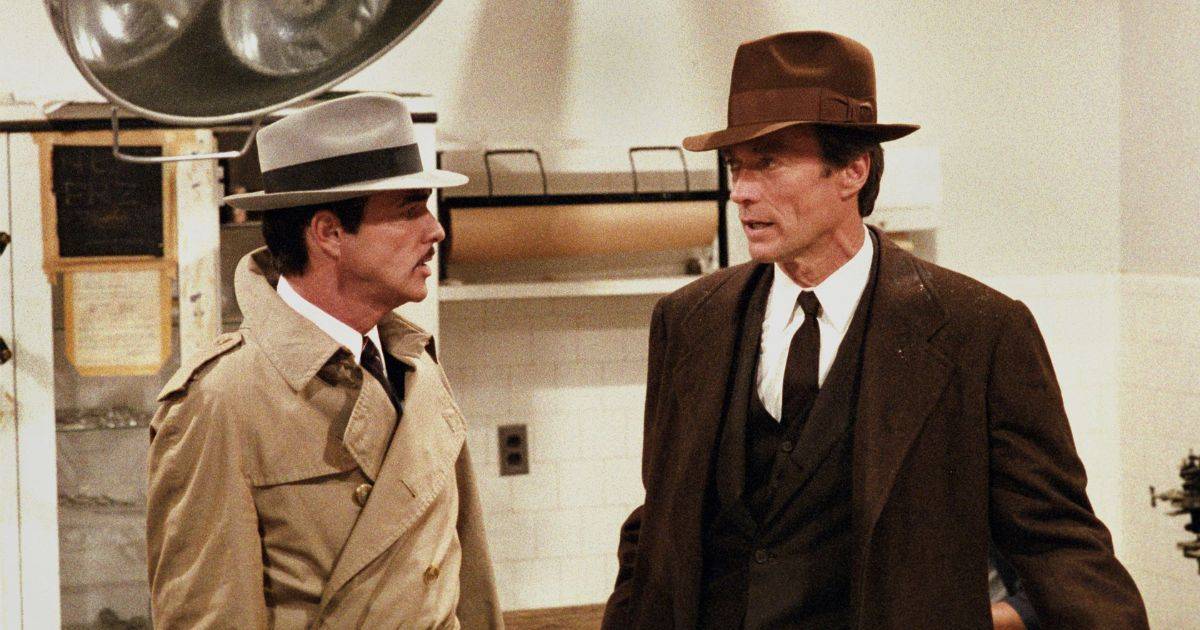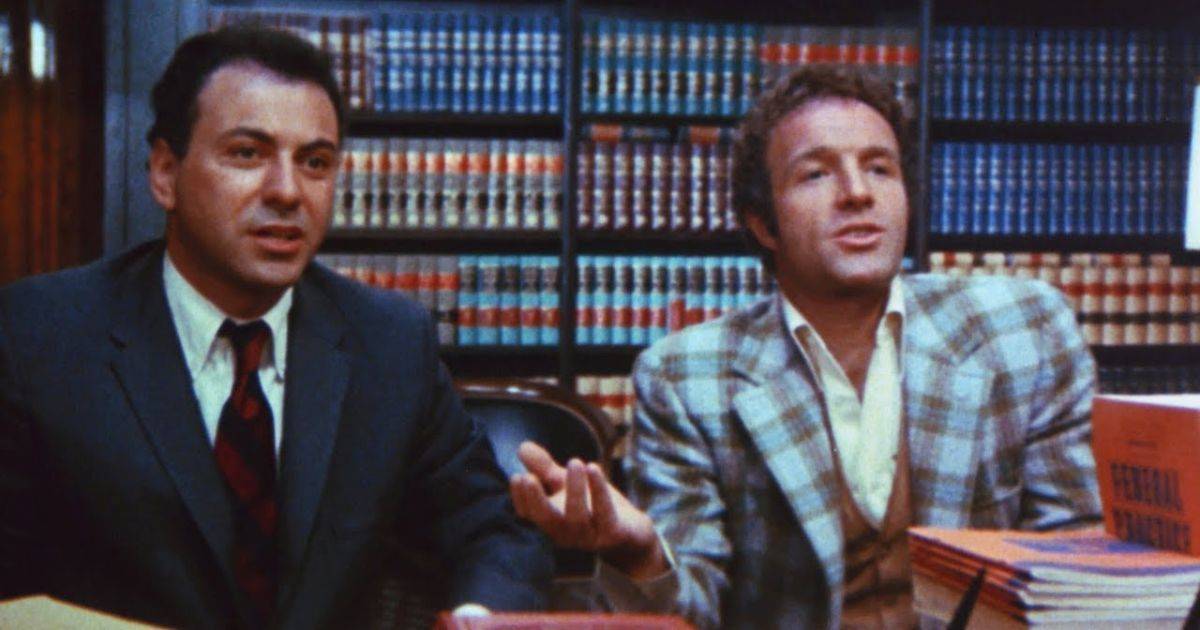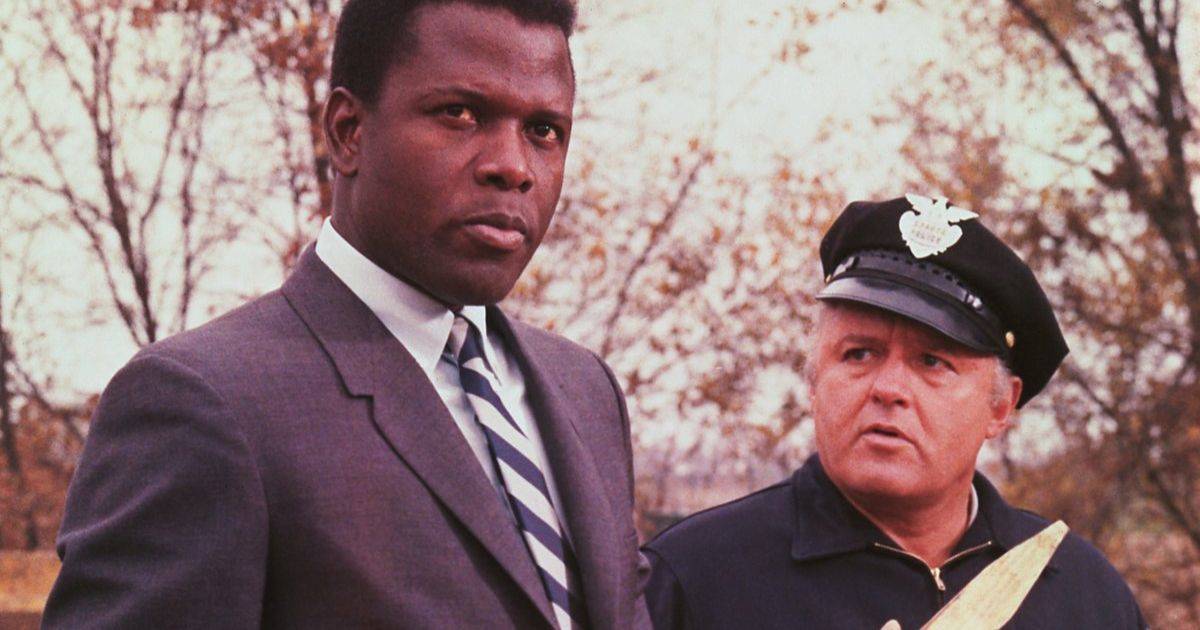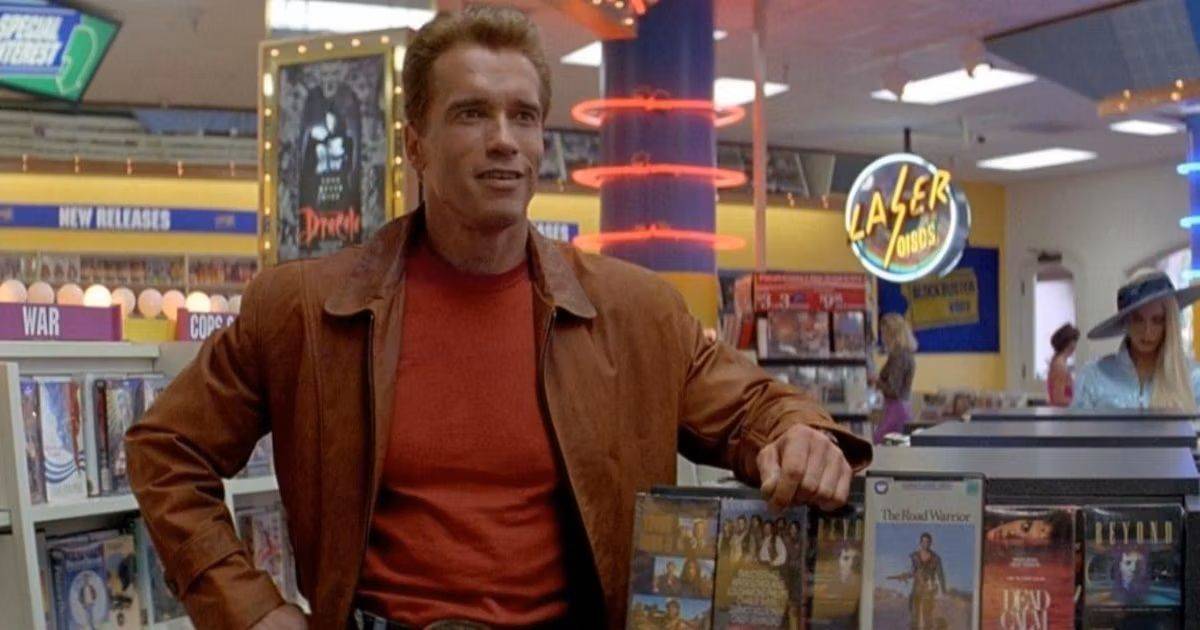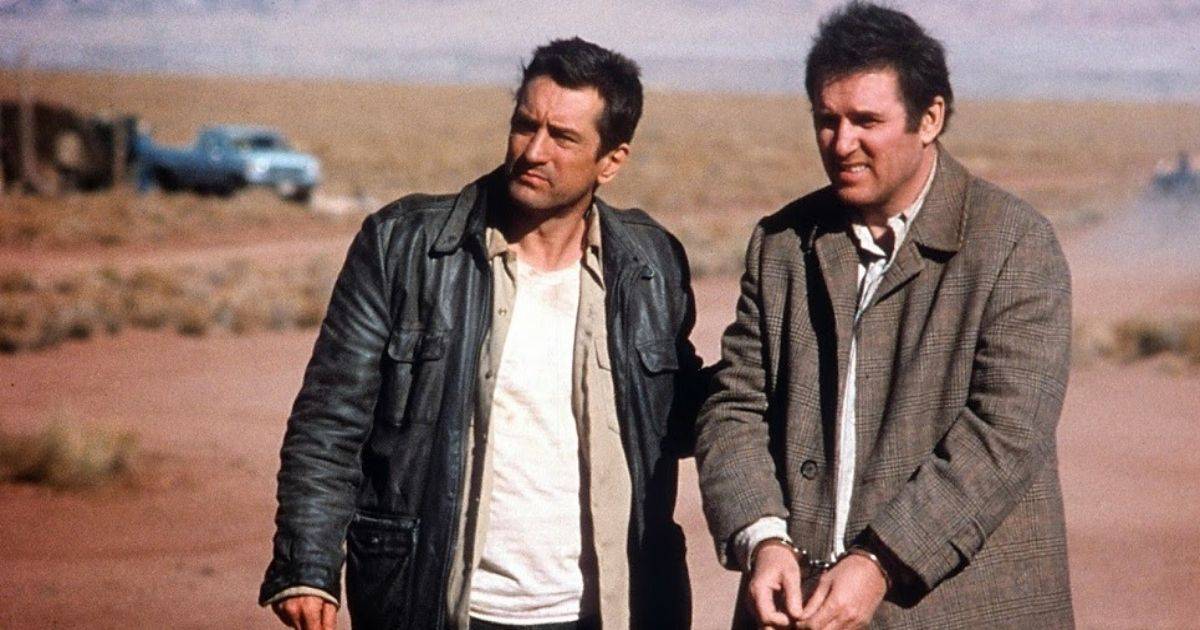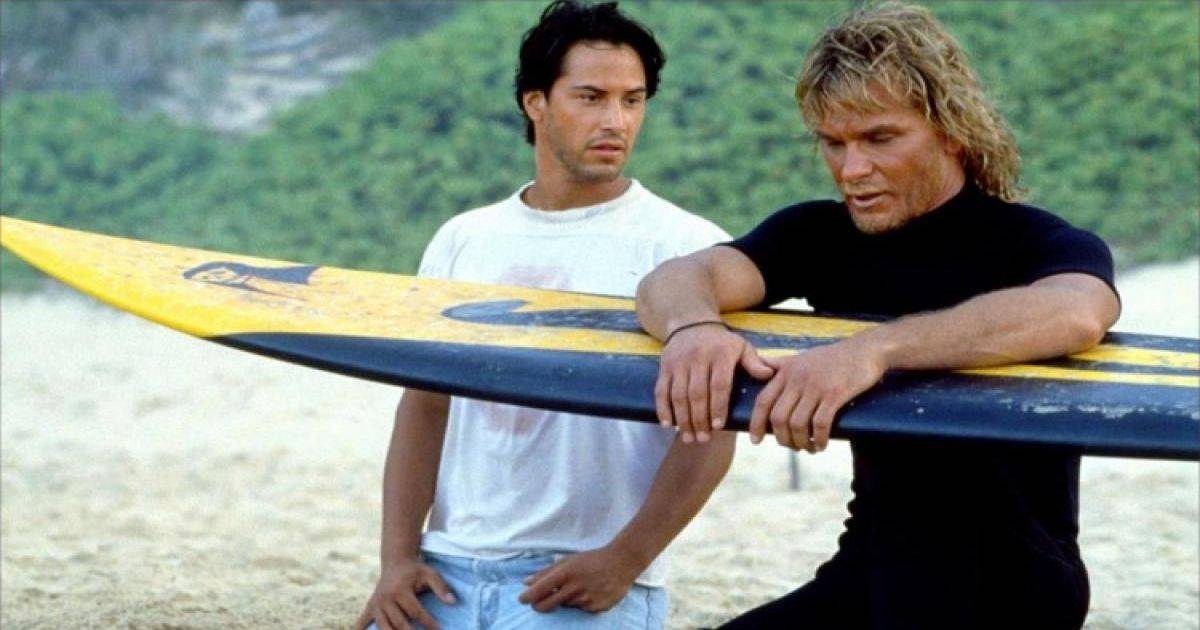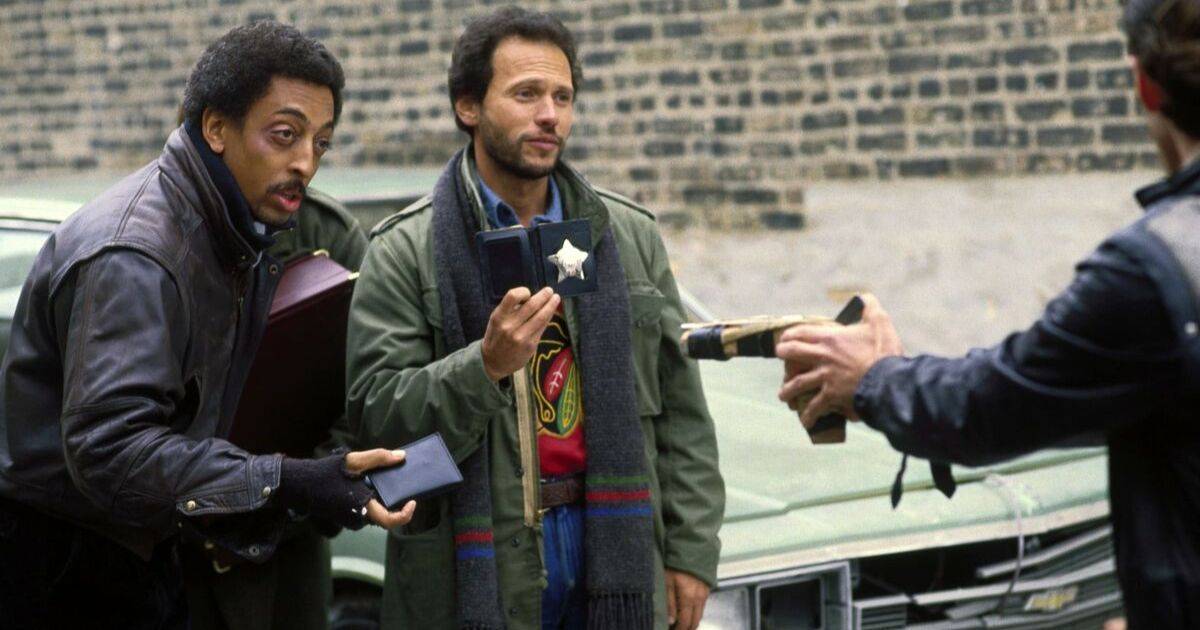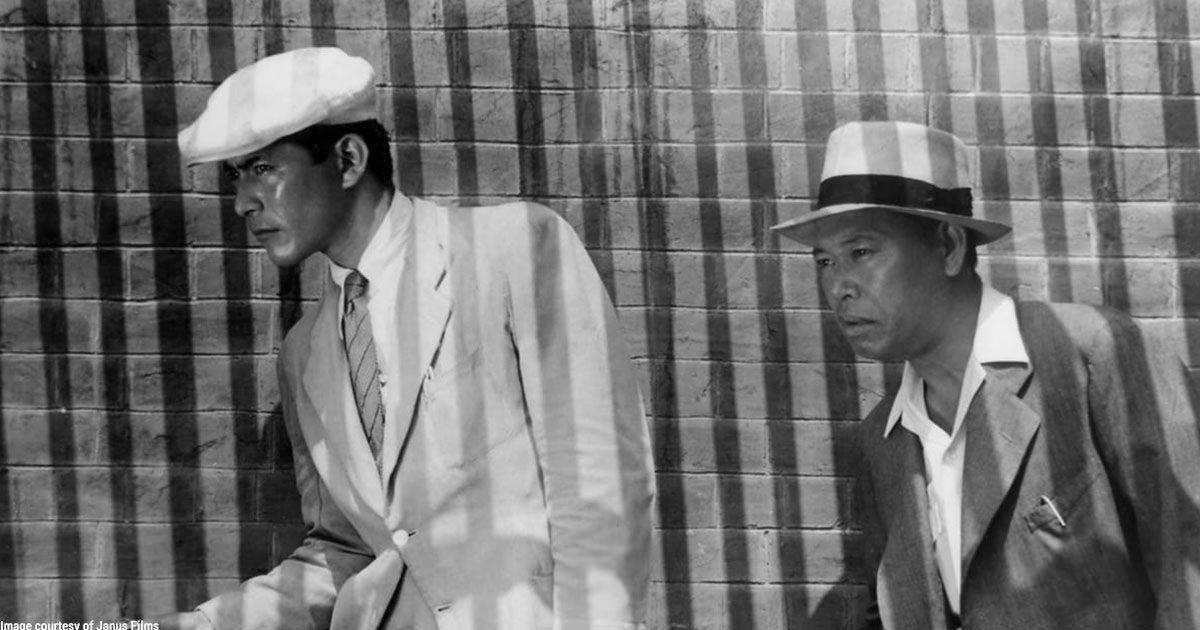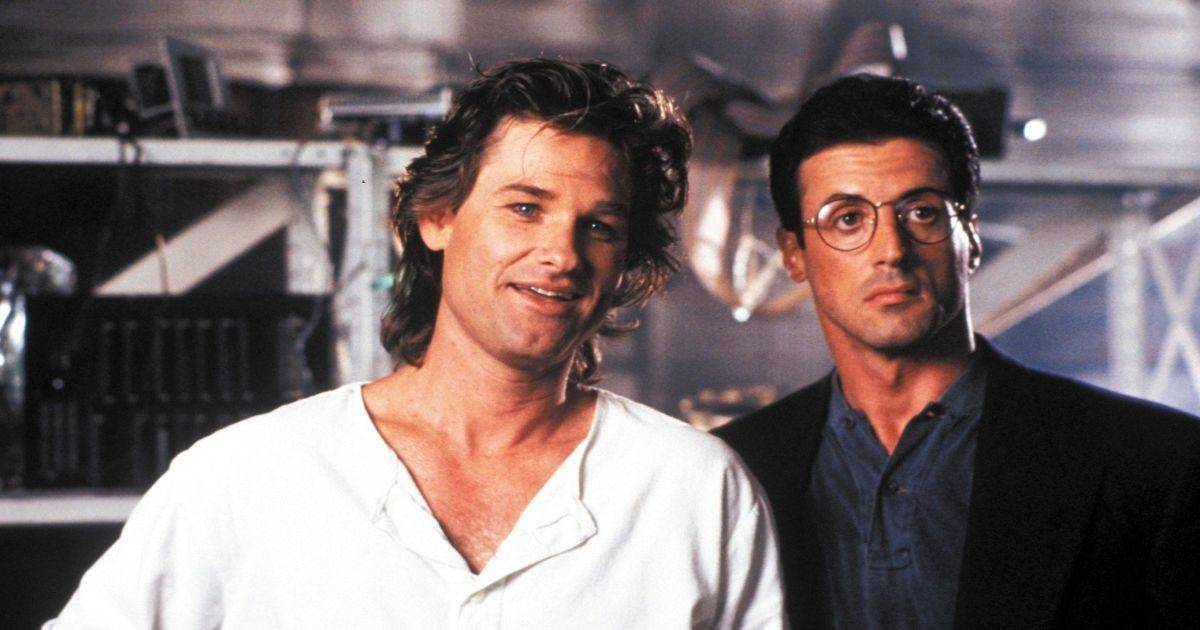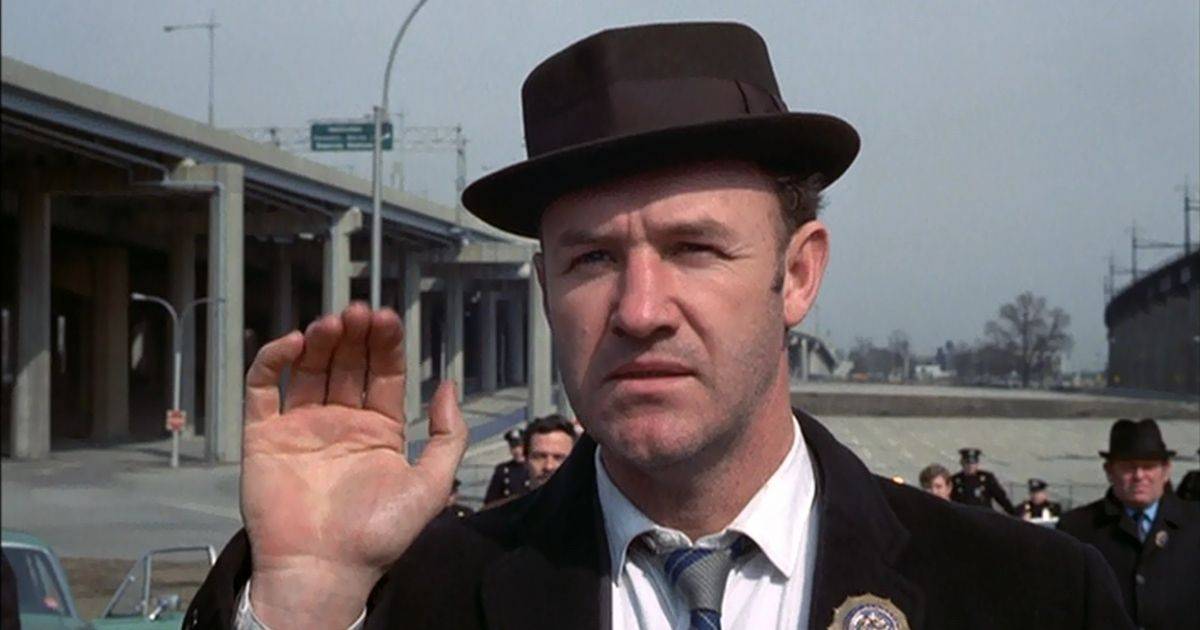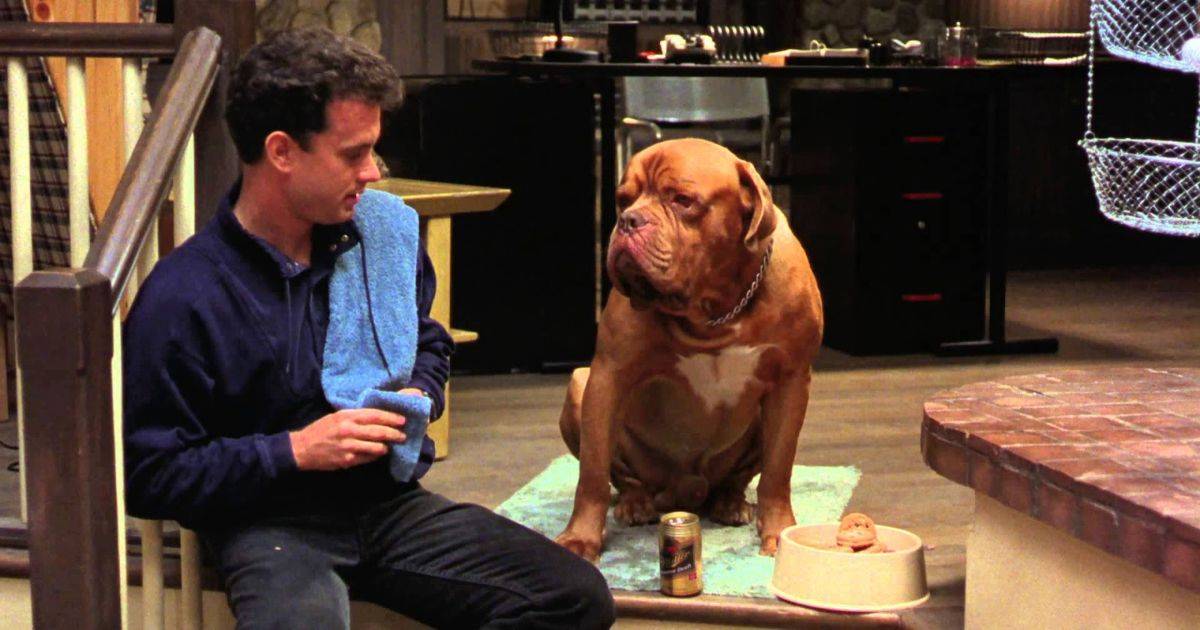In order to keep things fast and exciting, new genres, styles, and tropes are always emerging in the art form of cinema. The architecture and fundamentals of so many popular movie genres now were originally developed during the classic age of filmmaking.
The buddy cop subgenre is the ideal illustration. These films, which pair up two cops with wild personalities and throw them together on a high-stakes case, are the result of the brilliant minds of screenwriters and directors who are always looking to make something new and entertaining. They force them to overcome their own values and form an odd but fruitful partnership.
From this straightforward template, the genre spread out, and each director added their own twist to produce some of the most humorous, intriguing, and moving tales. These films excel in contrasting values and igniting chemistry where it seems impossible, whether through over-the-top personalities or a subtle nuance. Generally though, the genre has a blueprint thanks to the classics, and every new buddy cop narrative now seems original in some way.
Their influence is still felt now, decades later. There are numerous dramatic options, including buddy police beats, banter, bromances, and lots of them that never seem to run out. Few films have proven to be as genre-defying or have maintained their vibrancy for as long. So let’s celebrate the success of these flicks and the many more of these buddy policemen that will soon grace our screens.
48 Hrs. (1982)
48 Hours, a buddy police classic and Eddie Murphy’s breakthrough film, ushers in the 1980s with a boom. It skillfully introduces the entire “one-weekend” conceit as Murphy plays a prisoner who aids Nick Nolte’s boisterous cop in finding three dangerous criminals over the course of two days.
Although the renowned filmmaker Walter Hill injects the film with plenty of action and mystery, the opposites-attract relationship between the two main characters serves as the movie’s emotional centre. Nolte brings swagger and wit, while Murphy brings a more tired and cynical viewpoint. They make a funny powerhouse when combined. They argue and get into mischief, but they ultimately show themselves to be a strong team.
Bad Boys (1995)
With its franchise, Bad Boys reinvented the buddy cop subgenre and launched an entirely new obsession. The film takes you on a thrilling ride as two very distinguished yet oddly identical Miami police officers—Will Smith and Martin Lawrence—trade identities while conducting an investigation. Lawrence is the family man Marcus, and Smith is the slick and fashionable Mike, both of whom are assigned to raid a narcotics operation.
These two cops form a bond that can only be found in the best cop dramas despite (or perhaps because of) their differences. They breeze through extravagant action scenes and demonstrate that having each other’s backs makes loose cannons less of a liability. Overall. The buddy cop drama in Michael Bay’s directorial debut is unquestionably rewatchable and full of humour, action, and Miami Vice-style escape.
Beverly Hills Cop (1984)
Cop pairs are frequently seen in buddy cop films. Yet, Beverly Hills Police defies convention by including three of these witty men. Axel Foley, a police officer, is shown in the film as he attempts to look into the death of Mikey, a childhood buddy. Given his strong relationship with Mikey, his supervisors Taggart and Billy initially forbid it, but soon they grow to respect one another.
Since Eddie Murphy is at the height of his comedic abilities, director Martin Brest gives him the freedom to dominate the genre. His Detroit officer is unlike any other; he operates outside the law. The humour is only amplified when Judge Reinhold and John Ashton are included. Similar to 48 Hours, the trio becomes involved in a global mystery, but what makes it entertaining throughout is their connection.
City Heat (1984)
Clint Eastwood’s opportunity to demonstrate that he was more than just a grim Western hero came with City Heat. He is paired with Mike Murphy, played by Burt Reynolds, a small-time ex-partner with a grudge against Lieutenant Speer, a private investigator with a past of his own, in this movie. They wander into the complicated and perilous world of mobsters in 1930s Kansas City despite their differences.
In spite of their frequent conflict, Eastwood and Reynolds make a fantastic team while tackling organised crime. The plot is chock-full of surprising twists, exciting insights, and exhilarating action. Overall, the dynamic combo enters the buddy cop genre record books with their charming humour and dapper demeanour.
Freebie And The Bean (1974)
Warner Bros. Chaos frequently travels with his police pals Freebie and Bean. The tale of two irrational detectives in Freebie and the Bean is uncannily similar to them. Alan Arkin portrays The Bean, Freebie’s equally reckless and responsible companion, and James Caan plays the insane risk-taker Freebie. They have been searching for a local hijacker for months, following leads all across San Francisco.
Yet, mischief is guaranteed when they are tasked with defending the aforementioned criminal from a hitman, and not the controlled and professional sort. These officers encounter peril at every turn, frequently while making fun of one another. But they get along incredibly well and would kill for each other without hesitation. The trope is combined by director Richard Rush with obscene action and lots of laughter to create a movie that audiences will want to watch again and again.
In the Heat of the Night (1967)
In The Heat Of The Night, a famous American neo-noir film directed by Norman Jewison and based on a 1965 novel by John Ball, was one of the first big studio productions to confront racial prejudice in such a brave and real manner. A businessman’s murder in Mississippi is the subject of the mystery drama, which centres on two contrasting experts who team up to investigate it. A black Philadelphia detective and a white Southern police officer make up the duo.
Sidney Poitier and Rod Steiger get along great. Also, because their characters are so well developed, there are shifting viewpoints every few minutes that keep the story interesting, funny, and thought-provoking. The film is a groundbreaking piece of cinema and a gripping thriller.
Last Action Hero (1993)
A boy who watches his favourite action movie repeatedly is sucked into the universe and teams up with the cop in the subversive buddy cop film Last Action Hero. In this surreal journey, Austin O’Brien’s character Danny teleports into a made-up world where he meets Arnold Schwarzenegger’s clownish Jack Slater, who ends up being his odd guide, protector, and best friend.
Their voyage through this new world is inventive and provides great escapist pleasure, complete with feats that appear to have been lifted straight out of a comic book. Yet, what matters most is Danny and Jack’s friendship. Last Action Hero is a remarkably underappreciated gem that brilliantly combines action and a stirring tale of the underdog.
Lethal Weapon (1987)
Lethal Weapon is the film that, if any, epitomised the buddy cop thrillers of the 1980s. Due to their extreme differences, Riggs and Murtaugh are two cops who can hardly bear one another. Murtaugh is older, jaded, and pining for retirement whereas Riggs is immature, reckless, and plagued by tragedy. Yet, when they work on a case together, everything starts to make sense.
One of the most famous couples, where one’s reason counterbalances the other’s impulses, is introduced in Lethal Weapon. Mel Gibson and Danny Glover are pursuing a group of cocaine smugglers side by side while exercising caution and haste, racing against the clock and exchanging insults. The film, which is packed with action, humour, and emotion, shows that the genre is still in its infancy.
Midnight Run (1988)
Midnight Run, a group action comedy directed by Martin Brest, brings together a bounty hunter, his adversary, an FBI agent, and a ruthless mob lord. The bounty hunter who drove Charles Brodin’s embezzling accountant across the nation is played by Robert De Niro as Jack Walsh. Although the general tone of the film is rather honest, there is still opportunity for the typical humor-filled antics of the genre. Throughout the course of their voyage, the pair develops a sour but unavoidable connection. At the film’s conclusion, Grodin’s persona has assisted the boss played by De Niro in turning the tables, turning them into allies. De Niro’s comedy talents are on display in Midnight Run, and the action scenes are also pretty exciting.
Point Break (1991)
Point Break is a classic action-crime film on paper. But, when seen on screen, it is not only full of tremendous thrills but also of insightful reflections on life and a tonne of carefree California vibes. FBI agent Keanu Reeves is pursuing a group of surfers who are alleged to have committed numerous robberies. But, he forms an odd connection with Bodhi, a seasoned surfer and gang leader played by Patrick Swayze.
The way the intruding Reeves guides their friendship with his reticent and evasive methods makes their character conflict continually hilarious. The movie includes a variety of situations, from more expansive surfboarding sequences to excellently staged chase scenes. Point Break, directed by Kathryn Bigelow, is a unique buddy cop and action movie from the 1990s.
Running Scared (1986)
Billy Crystal and Gregory Hines are two savvy Chicago police officers in Running Scared who go undercover to capture a drug lord. They have decades of service, a history of acting recklessly, and were Danny and Ray, so it stands to reason that their most recent case wouldn’t be any less daring. The two have consistently lacked confidence and experienced a string of bad luck, which has caused them to lag behind every lead.
They do, however, have a fraternal tie and a hunger for justice that motivates them to keep going despite all obstacles. Peter Hyams, the filmmaker, also includes a lot of frantic and violent action, physical humour, and lets good win out in the end. Danny and Ray are an underrated buddy cop team from the 1980s. They joke around and discuss retiring an open bar in Florida.
Stray Dog (1949)
Although there were a lot other buddy cop films in the 1980s, Stray Dog is still considered to be the first. The story depicts an experienced police officer working with a rash new recruit to find his stolen gun. It has dramatic and noir themes. Toshirô Mifune plays Murakami, a rookie who loses his pistol on a bus by accident and decides to look for it on his own rather than call the police. But, it transpires that Takashi Shimura’s Detective Sat, who is involved in this case, is actually chasing a more serious crime.
One of the original odd couple’s distinctions was that one followed the rules, while the other bent them. But in the end, it’s their peculiarities that make them so much fun. The movie is immensely endearing, from their jokes to how they come to respect one another. So many of the beats, from the acting to the directing of Akira Kurosawa, characterise the buddy cop genre.
Tango & Cash (1989)
Tango & Cash, the final buddy cop film of the 1980s, stars two outstanding actors in the middle of explosions, prison breaks, and flippant one-liners in equal measure. Two competitive Los Angeles police officers—Tango and Cash, played by Sylvester Stallone and Kurt Russell, respectively—join forces on an undercover operation to catch the real criminal.
Their tactics and temperaments always conflict, but they are nonetheless irresistible. Although its plot isn’t particularly original or well-developed, the film nonetheless deserves to be counted among the most over-the-top action movies, thanks to Stallone and Russell’s endearing personalities.
The French Connection (1971)
The French Connection is a fast-moving crime story that is as funny as it is engrossing, feisty, and appealing. Based on the worldwide blockbuster by Robin Moore, the narrative follows New York City police officer Jimmy Doyle and his colleague Buddy Russo as they hunt down a heroin cartel in France. The antagonist and Doyle’s longtime foe, Alain Charnier, played by Fernando Rey, presents a challenge to their mismatched team.
William Friedkin’s direction transports you to the early streets of New York and adds more spectacular aspects, such as automobile chases, shootouts, and backroom transactions, to the chase between the narcotics detectives and criminals. While some excellent films concentrate on the relationships amongst the police, this one emphasises the thrill of the search. The French Connection is a real genre classic, pulsating with action around every corner.
Turner & Hooch (1989)
Turner & Hooch, another out-of-the-ordinary entry in the genre, stars Tom Hanks as a rigid cop named Scott Turner and a rambunctious but endearing mongrel named Hooch. Hooch appears to be the only person who saw the murder in person. When Scott is ordered to care for this slobbery new buddy, he unexpectedly bonds with him as they cooperate to find the perpetrator.
A clean freak cop and his disaster dog are one of a select few hilariously mismatched pairs. However, they set out on an unusually fascinating adventure and support one another along the way. Turner & Hooch is hilarious, touching, and incredibly fun to watch, therefore it is deserving of being considered a classic.

